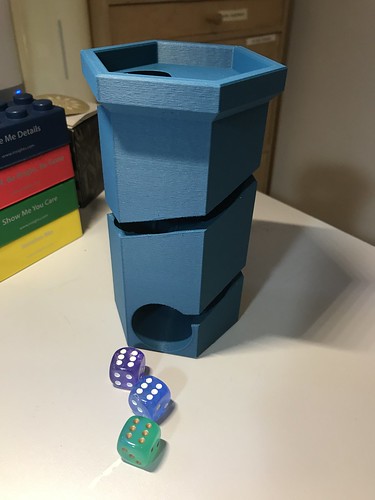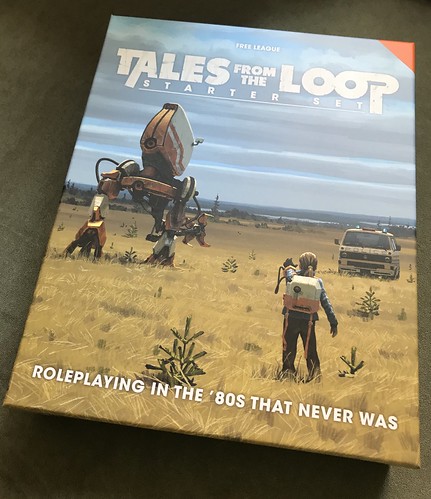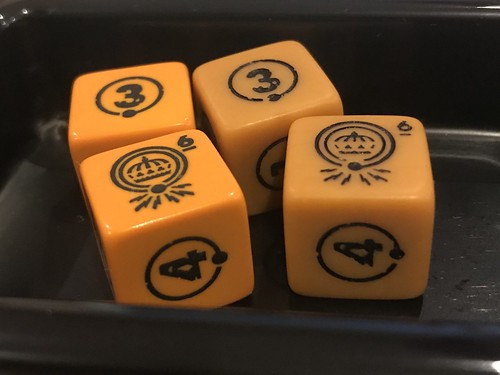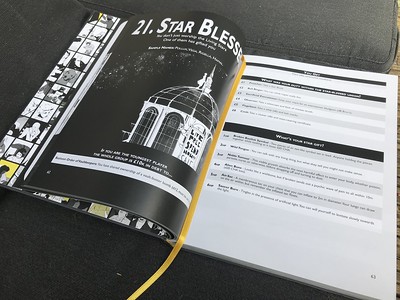 |
| Our Last, Best Hope... that's what organising this convention felt like. |
As many of you know, I'm part of a loose group of five of us who organise the Garricons, roleplaying conventions at the Garrison Hotel in Sheffield. This is the fifteenth year that we've been doing them, but my involvement is somewhat shorter as I joined when most of the founding committee stood down. Graham is the only founder left, with Jag, Guy, Elaine and myself also involved.
I'm involved in three of the conventions in depth, and sit out the other one. The biggest - and original - is Furnace, which will have its fifteenth year this October. We also run two more niche conventions; Revelation (focussed around the Powered by the Apocalypse and Forged in the Dark game engines) and North Star (focussed around SF RPGs). All three bring different crowds with some overlap. Furnace has 70 to 80 attendees, the other two 30 to 40.
All the conventions have an element of pre-booking managed through Google Sheets. If you GM, you automatically get a priority choice for one slot for each game you run. Typically we have five gaming slots and limit GMs to two games. That means, if you GM, you have a good chance of knowing exactly what games you're in for 80% of the convention before the rest of the players have chosen. We randomise GMs and allocate games up to around 75% full. Games are never fully pre-booked before players can get there. You can give a number of choices. At Revelation and North Star, we then allocate all the player spaces (including the remaining slots that GMs have) in the same way. Furnace is a hybrid, where each player gets a single pre-sign (otherwise it would be a monster). Elaine developed the system and it's great.
The Garrison is a wonderful venue, made from an old gaol-house from the times that the government used to base troops at major industrial cities in case the workers got uppity. It's in Hillsborough, which is a bit poignant as a Liverpool FC supporter as you pass the ground the 96 died at to get there. The games are run in old cells, and it has a great ambiance. The Hotel and staff are wonderfully supportive of the conventions (not really surprising as we can fill the place and have lots of people who behave, drink beer and have food).
North Star came about after a conversation post Travcon (Traveller RPG focussed convention) between myself, Graham and Tom Z about whether we should try and organise a Travcon North. Graham and I ran with the idea, and it grew legs. We broadened to all SF. Elaine came on board for the first one, and helped get the systems right, but stepped out after the first year. It has been popular enough to continue with.
I've spent most of my time from the start of March leading the COVID-19 response at work, so I quickly realised that we were going to have issues. Graham had a similar view; we left it as late as we could, but we had to cancel, along with one of the sister conventions, Seven Hills. A donation was made to the Garrison Hotel because this was before the government closed down the hospitality industry. We muttered a mad idea that perhaps we should run this online, and then parked it as we focussed on work.
Someone nudged us on the Facebook group the week before North Star had been scheduled and asked about what had happened to the plan? Graham and I mused in WhatsApp exchanges. I dropped a poll on the group and we had a good number express interest. Graham suggested the weekend of 30/31 May 2020 would be great as people would have been going to Expo and it would be nice to get some gaming done then. So I cheekily announced 'Last, Best Hope' and then told Graham I'd done it. As he'd been wanting to get on with it and the date worked, he was happy. But this gave us three weeks to organise a convention.
 |
| It was on-the-job training to learn Google Forms... |
I settled on Google Forms as a way to register; usually we do this through Paypal, but as we were not charging, we needed to do this right for GDPR and good practice. Very quickly we got to the mid-twenties in attendees. We knew we had about 30% of people interested in running games from the sign-ups, but we also knew that many people didn't want to play all slots. As numbers developed, it looking like were were a game short on what we'd usually want but I was hoping that this would balance out with the people who wanted to take some breaks. As it happens, it did, but it wasn't the kind of risk that I'd have taken with a face-to-face convention. We did warn people that there was a risk that they could end up without a game; however, they weren't losing out on costs of travel and attending, so everyone seemed reasonable.
We had a sudden surge two weeks before the convention which took us over 40 attendees so I had to quickly close down the link between Forms and the Sheet with the results. In the time between doing this and announcing it, at least two people tried to sign up on the link. We also had a number of cheeky buggers who signed up after the convention had closed, in some cases several days, but told us they'd signed up on time. We still accommodated them.
GM game booking then started. We began by limiting GMs to running in a single slot (to get as much variety as possible) and then opened it to two slots when we realised that a lot of games were for 3-5 players so we needed more options for players. We'd also taken the decision to only run two slots each day, as our experience showed that online gaming is more tiring.
 |
| Our GMs seem to flock to the same games... |
Once this was filled, I opened GM pre-booking at the weekend; most GMs got it done swiftly, and that left us with a clear vision on how many players we needed to accommodate. GM pre-booking quickly showed us the pinch points.
We opened player pre-booking on the late May Bank Holiday Monday and had a hard close of Wednesday evening. I'd originally said midday, but ended up in work that day. By Wednesday night, I'd randomised and allocated the games and every player and GM had been contacted to allow them to plan how they would do the game. We sneaked a few people in and let a few out. A couple of GMs were disappointed without enough sign ups, and we ended up with a couple of players missing one or two slots. I think Keary was the worst affected, but when we found him some slots, he opted to prepare for his game instead.
The biggest change from how we usually prepare for conventions was the use of Google Forms. We also had to ask what platforms a GM planned to use so players could see, in case there was an issue!
Graham recorded a rather excellent introduction on YouTube, which let the cat out of the bag that we were already planning for what to do for Furnace if we still have to socially distance. Personally, I don't see how this can be viable with the spacing we face.
We used the Gaming Tavern, Facebook Group and direct emails for communications. BT Internet kills multiple BCC posts as spam, which was a learning.
The weekend went really smoothly; I'll post separately on my games later. Different services performed better than others, but generally, much fun seemed to be had.
To do this at a larger scale will be challenging, but I think we've proved that it is very much doable. Both Graham and I are pleased that it worked, and gave people a gaming fest to escape the lockdown, if only for a while.
31 May 2020






























